In an unprecedented move that has the art world baffled and oddly impressed, Whitman College’s Sheehan Gallery has introduced its latest exhibit: ‘The Emptiness of Perception,’ which, true to its name, consists of absolutely nothing. In a bold statement against materialism and the commodification of art, the gallery has decided to feature an invisible art exhibit, stealing the show by literally making sure no one sees it.
As a reporter for The Wire, I was invited to attend the opening night. Curious and desperate for a headline, I headed into the buzzing gallery, with attendees curiously milling about in a room that was, to the untrained eye, completely devoid of art. Spectators were squinting at, well, nothing, some with their heads cocked to one side in profound contemplation, other nodding appreciatively at the starkly empty walls. Pondering, no doubt, as the esteemed students of Whitman do. In solidarity with my comrades, I took a couple of rounds around the large, spacey room. Empty sections dotted the entirety of the gallery, leaving me daintily stepping over art pieces I couldn’t see, in fear of perhaps damaging something.
“It’s a riveting commentary on the void within us all,” said Wyatt Washburn, a Neitzsche enthusiast, as he stared intently at a particularly empty section of the gallery.
Ironically, the gallery’s biggest issue has been theft. Reports have been emerging of several ‘pieces’ going missing, with the culprits getting away unidentified. I reached out to the curator for comment, but found out it was someone anonymous, no doubt keeping up the theme of invisibility. The Wire has actively been trying to find their identity, but to no avail…
Meanwhile, critics have lauded the exhibit as a ‘masterpiece of existential dread,’ while far saner people have declared it a practical joke taken too far. Regardless, the show has definitely made a visible impact, sparking debates about the nature of art, the concept of value and whether or not this whole endeavor is to hide budget cuts.
As the exhibit draws to a close, I can’t help but wonder: if the art is invisible, could the impact really be visible? The answer, much like art itself, is up to interpretation.

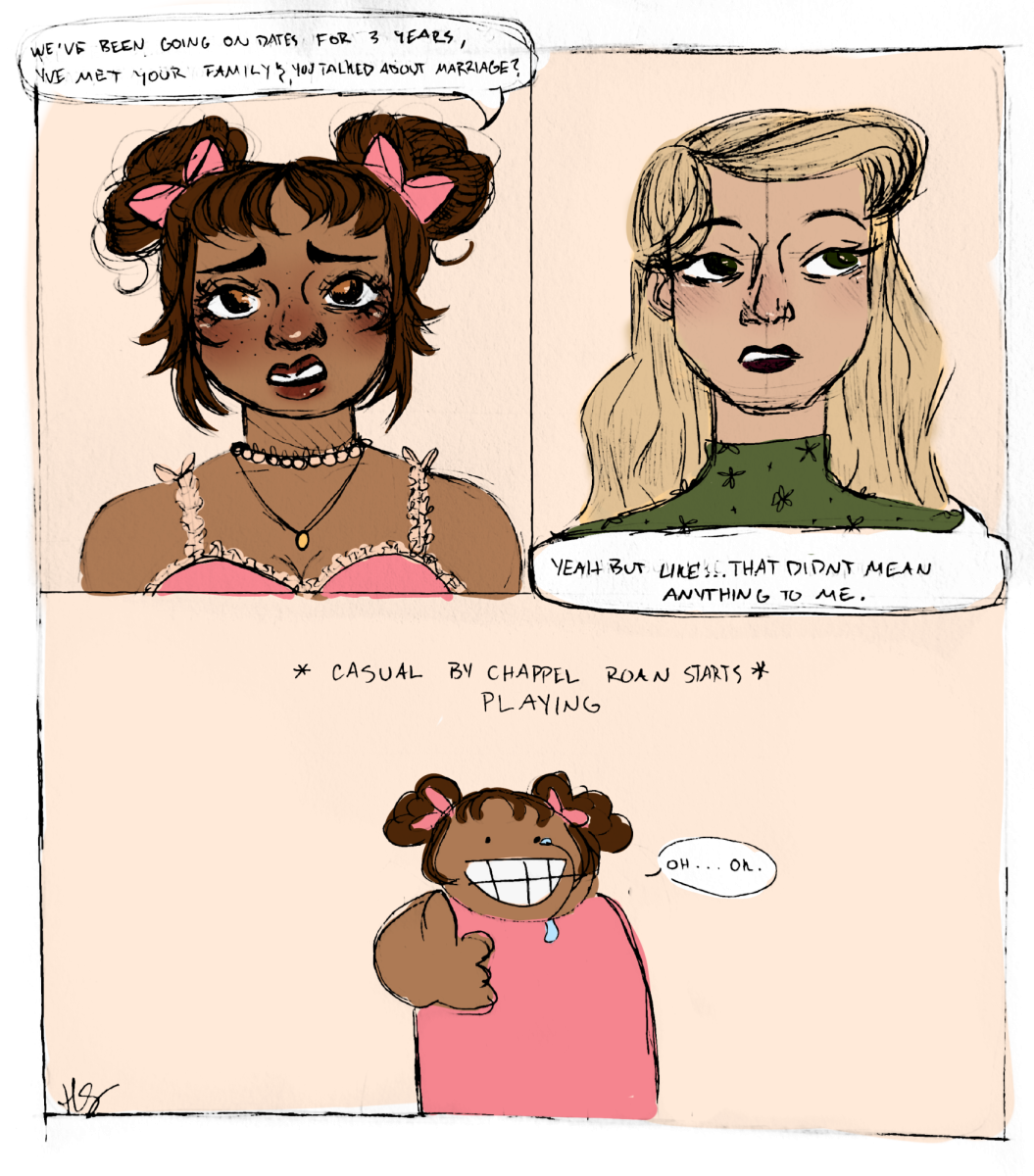
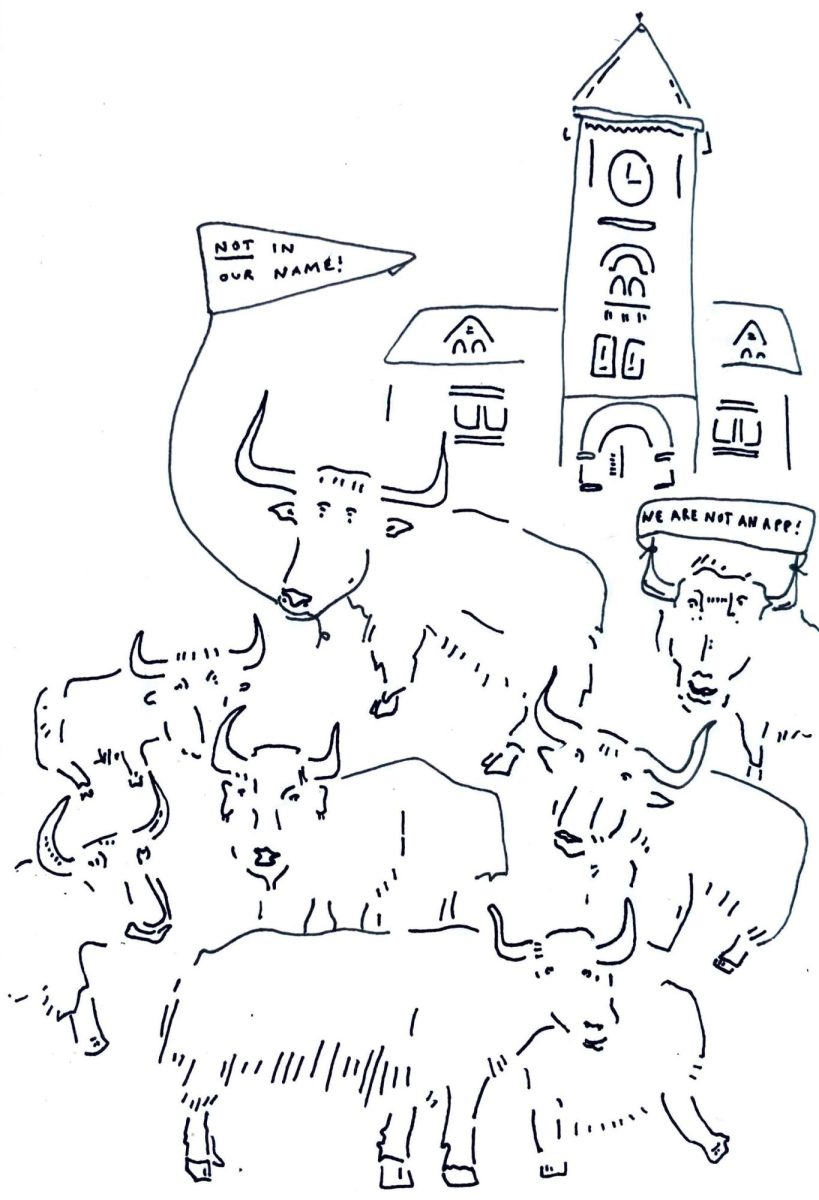
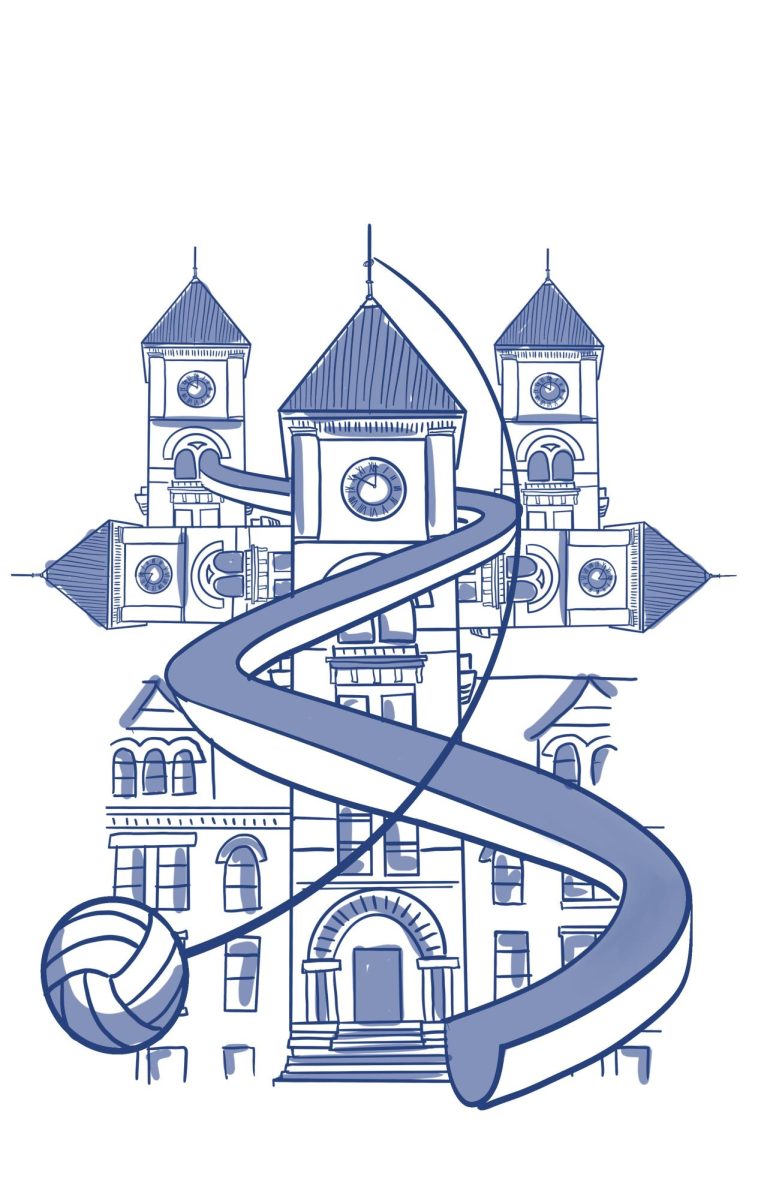
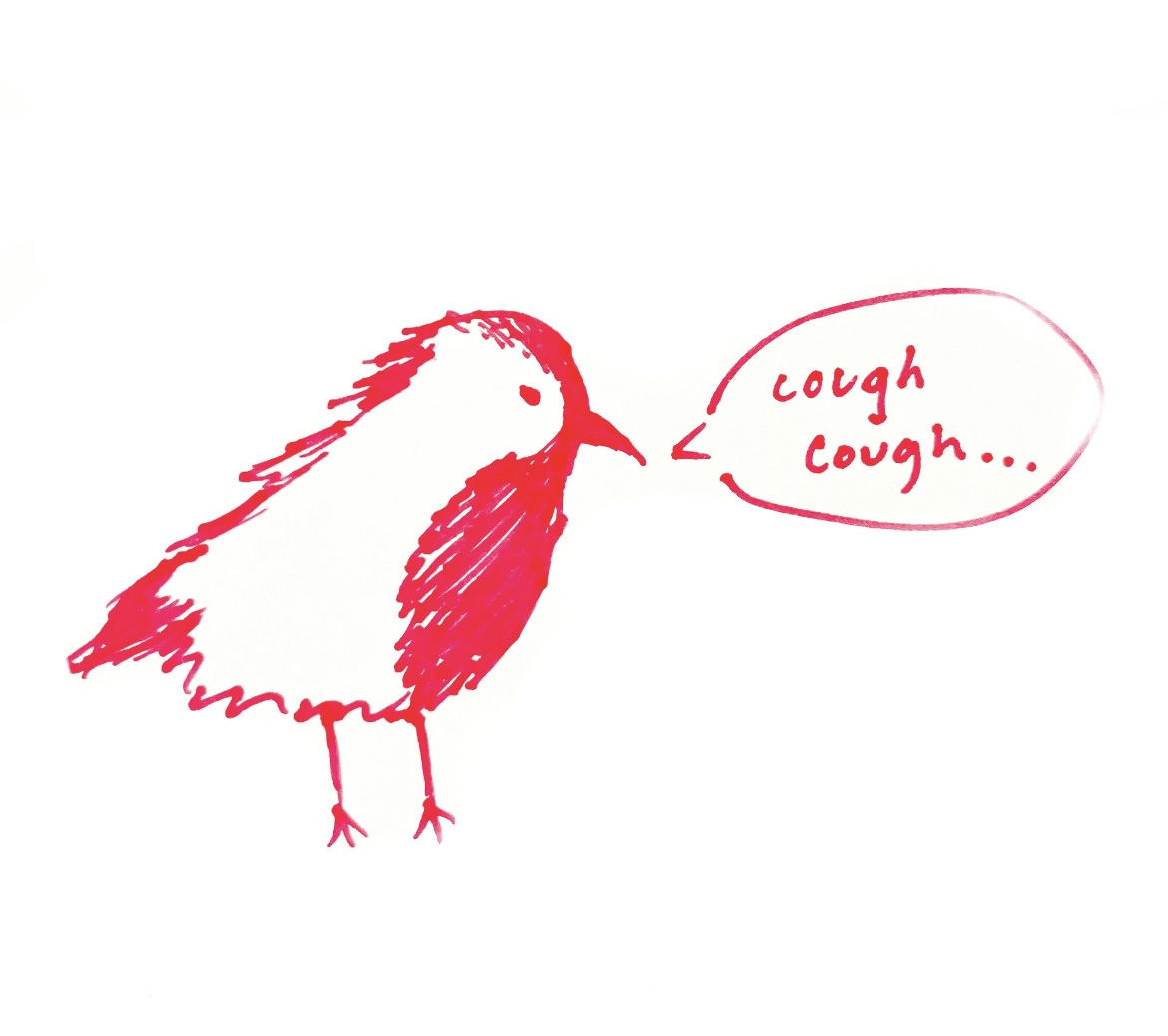
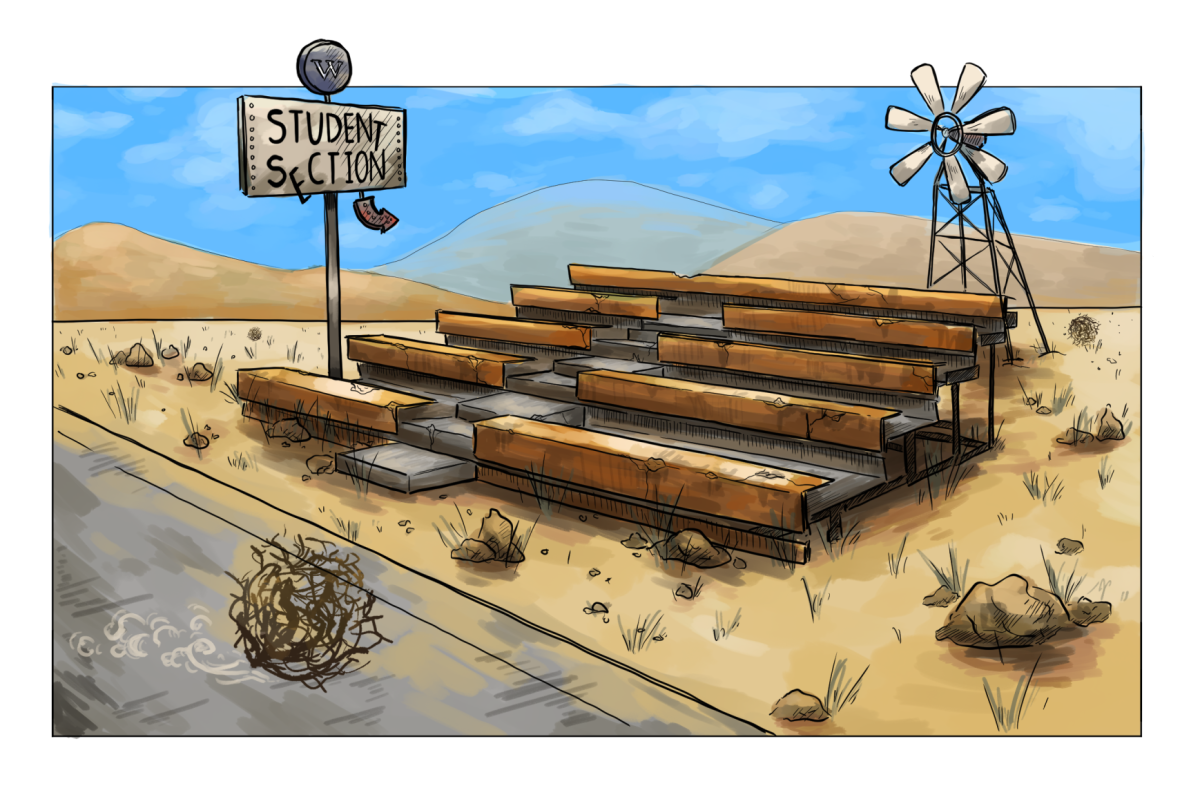


hbp • Feb 15, 2024 at 8:45 pm
this comment section strikes an uncanny resemblance to the exhibit